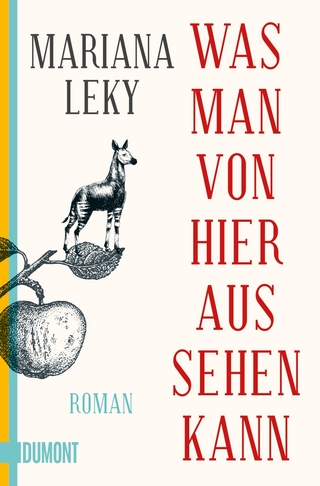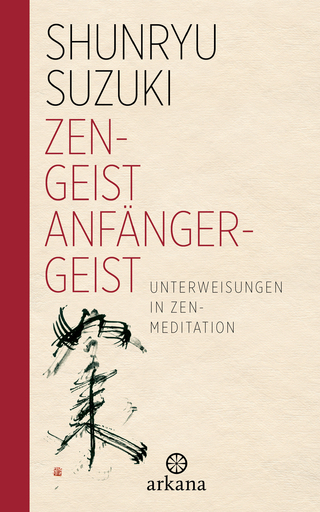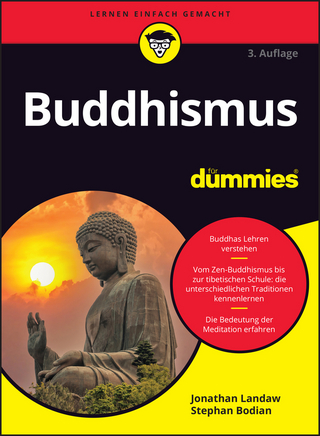
South Asian Goddesses and the Natural Environment
Archaeopress (Verlag)
978-1-80327-671-7 (ISBN)
South Asian Goddesses and the Natural Environment is a multidisciplinary collection of 11 essays ranging from the pre-Vedic to the modern era and incorporating research on Hindu, Buddhist and tribal cultures. The authors ask whether the worship of goddesses, strongly linked to fertility rituals, might have mitigated the ecological decline of South Asia in the pre-British and post-colonial eras.
The manifold powers of the Devi, whether nurturing or destructive, could be constructed as companions to the unstoppable forces of Nature. This binary paradigm, however, is misleading. For millions of South Asian people, the Devi is Nature and Nature is She. Amongst scholars, the connections between the South Asian Goddesses and the natural environment have been debated and contested for centuries. This collection of essays, the last of a trilogy on the Devi or iconic female by Australian scholars and their collaborators, interrogates the paradoxes of worshipping the feminine divine and yet ignoring the natural environment that validates Her existence. Historical and cultural sources, many of them in Sanskrit, point to the Devi-Nature complex but in ignoring the role of human agency, appear to exonerate society from taking responsibility for the ecological devastation manifested throughout the South Asian region. The Devi is omnipotent but in the role of the nurturing Mother she will not intervene if we remain passive. South Asian deities teach us to respect the environment, a necessary but insufficient condition for compelling us to behave in a manner that respects the wonders of the universe.
Marika Vicziany (Professor Emerita, Faculty of Arts, Monash University) heads up a number of international research projects including one about Kolis in Mumbai. She has had an enduring interest in the minorities of Asia. Her research is informed by multi-disciplinary approaches that cover the disciplines of political economy, public health and other policies, history, archaeology, culture, and environmental science. She has published some 20 books and over 140 scholarly papers in peer reviewed journals and books. Her most recent book was published by Archaeopress in late 2019: The Cultures of Ancient Xinjiang, Western China: Crossroads of the Silk Roads edited and authored by her in collaboration with Alison Betts, Peter Jia and Angelo Andrea di Castro. Her fieldwork since 1974 has taken her to cities, towns and villages in India, China, Malaysia, Bangladesh and Pakistan. Jayant Bapat holds doctorates in Organic Chemistry and Indology and is an Adjunct Research Fellow at Monash University. He is also a Hindu Priest. Jayant’s research interests include Hinduism, Goddess Cults, Koli fishers in Mumbai, and Diaspora Studies. He is the co-editor with Ian Mabbett of The Iconic Female: Goddesses of India, Nepal and Tibet (Monash University Press, 2008), Conceiving the Goddess: Transformation and Appropriation in Indic Religions (Monash University Publishing, 2016) and a co-author of Indian Diaspora: Hindus and Sikhs in Australia (DK Printworld, 2015, Second Edition, Manticore Press, 2019). His latest book, The Lajjāgaurī and Ᾱnandanāyakī, is a translation of R. C. Dhere’s pioneering work in Marathi on the primordial mother goddess (Monash University Publishing, 2020). Recently, Jayant has published a book in Marathi about his experiences as a migrant to Australia. He is a member of Monash University’s Koli Research Project.
Preface
References
Chapter 1: South Asian Religions and the Natural Environment – Marika Vicziany
Chapter 2: The Archaeological and Religious History of Lajjāgaurī, a Pre-Vedic Fertility Deity on the Indian Sub-continent – Ravi Korisettar
Chapter 3: Female Avatāra and Guarantor of Fertility: Does the Great Goddess Relate to Nature and the Environment in Some Purāṇas? – Greg Bailey
Chapter 4: The Adoration of Mother Earth in Brāhminic, Folk and Tribal Beliefs and Practices in India – Jayant Bhalchandra Bapat
Chapter 5: In the Ocean of Suffering: Tārā as Protector from Real or Psychological Waters? – David Templeman
Chapter 6: Dariyadev: The Koli sea god and the Fishing Environment in Mumbai – Anusha Kesarkar-Gavankar and Marika Vicziany
Chapter 7: Entering the Goddess’s Womb: How a Rainforest Valley Became a Tibetan Sacred Site – Ruth Gamble
Chapter 8: Durgā Pūjā and the Environment – Pratish Bandopadhayay
Chapter 9: Weapons of the Weak: Koli Deities and the Indian Courts in Koli Responses to Environmental Destruction – Marika Vicziany, Jayant Bhalchandra Bapat and Anusha Kesarkar-Gavankar
Chapter 10: The Descent of the Ganga in India and Mauritius – Peter Friedlander
Chapter 11: Reflections on Dhere’s research on ‘Lajjāgaurī’ and ‘Śrī Ᾱnandanāyakī’ – Jayant Bhalchandra Bapat
| Erscheinungsdatum | 27.01.2024 |
|---|---|
| Verlagsort | Oxford |
| Sprache | englisch |
| Maße | 244 x 173 mm |
| Gewicht | 386 g |
| Themenwelt | Geisteswissenschaften ► Archäologie |
| Geisteswissenschaften ► Religion / Theologie ► Buddhismus | |
| Geisteswissenschaften ► Religion / Theologie ► Hinduismus | |
| ISBN-10 | 1-80327-671-1 / 1803276711 |
| ISBN-13 | 978-1-80327-671-7 / 9781803276717 |
| Zustand | Neuware |
| Haben Sie eine Frage zum Produkt? |
aus dem Bereich


